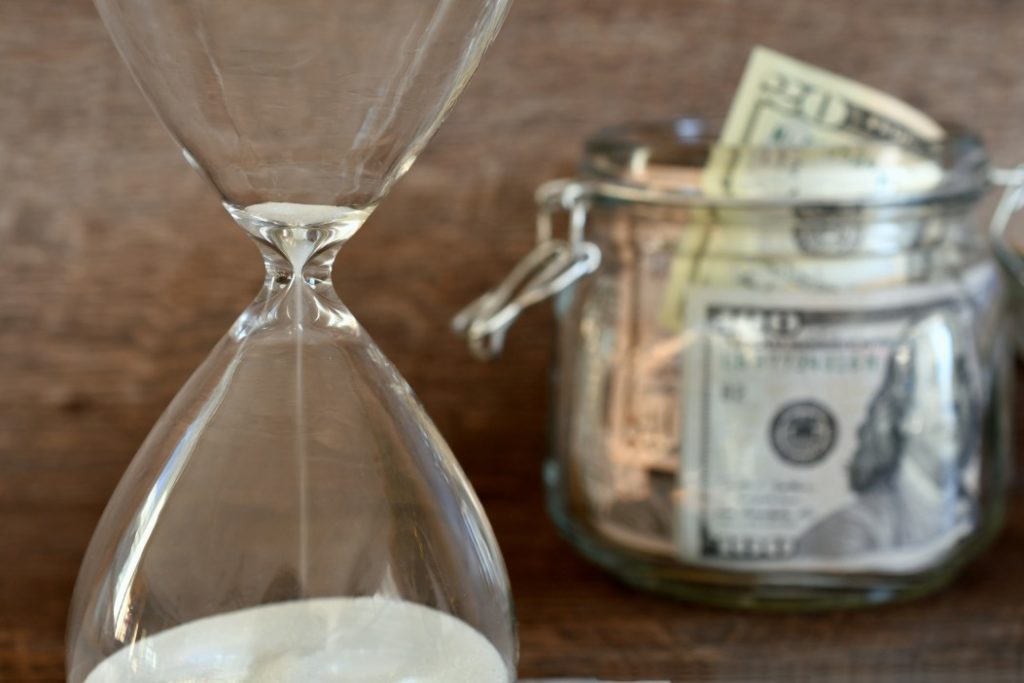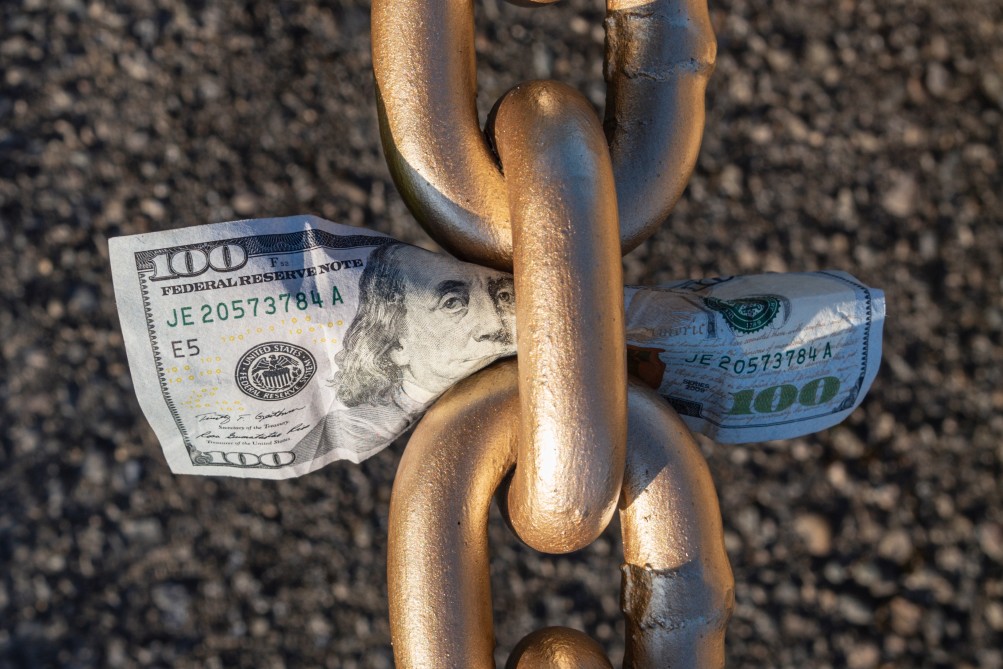Stagflation is an economic event that can occur when Cost-Push Inflation is combined with other variables. Cost-Push Inflation will cause rises in Price Levels across the country. It is mainly a result of any increases in costs. When Aggregate Supply is lowered without a decrease in demand, it is referred to as Cost-Push Inflation. It causes the economy to slump and eventually leads to Stagflation. During periods of Stagflation, there is Inflation and high unemployment rates coupled with a decreased aggregate supply.
What Is Cost-Push Inflation?
Cost-push Inflation is a type of Inflation also known as wage-push Inflation. It is a common problem faced by economies where overall prices increase due to rising employee wages and costly raw materials. When the cost of production increases sharply, it causes a decrease in total output across the country. With lower production and sustained demand, price increases are often affected, creating cost-push Inflation. Since Inflation is used as a measure of the rate of price increases in an economy, cost-push Inflation can be considered good and bad.
Any Inflation can erode a consumer’s purchasing power. Wages not pegged with prices will lead to less spending from consumers. Cost-push Inflation often occurs when the cost of production gets out of reach. A high charge of business can occur as projected by economists, or an unexpected supply shock can cause it. For an economy to face cost-push Inflation, consumer demand for goods and services has to remain constant while production costs rise.

Causes of Cost-Push Inflation
Increased labor Costs
Businesses are one of the critical factors in creating cost-push Inflation. When labor charges increase, companies lose more profit to wages. To compensate for the increases, employers push the burden on consumers. The escalation of wage costs can occur due to mandatory wage increases introduced by the Government. Raising the minimum wage per worker is typical in periods of low economic performance. During inflationary periods workers have their disposable income eroded. In some industries, workers will likely strike due to the unsustainability of their employment. Incapacitation can occur in the event of stalled contract negotiations with company management. When employees go on strike, there is likely to be a decline in production. If the strikes are nationwide, there will be less national production and, as a result, higher prices.
Natural Disasters
Natural disasters such as floods, earthquakes, or fires can shut down vital sectors of the economy. Unexpected damage to a production facility will prohibit production fully or partially. This shutdown of the production chain will leave businesses with no choice but to increase prices. Recapitalization is a financially significant expense to cover. Companies will have to raise sales prices to recoup the costs of a disaster and mediate the forthcoming financial difficulties, which can cause cost-push Inflation.
Change of Government
The leadership available in a country is required to provide businesses with a conducive business environment. A sudden change in Government may lead to a loss of faith in the country’s investment viability. Investors may choose to liquidate some of their investments out of fear they won’t be able to maintain their previous production levels. This problem is mainly found in developing nations with high levels of political instability. A change of Government can also lead to new regulations and changes in current laws. These new policies may cause costs to rise for companies. An example of a costly new approach is the introduction of employee healthcare.

What Is Stagflation?
High Inflation, high unemployment, and small-no economic growth. An economy is deemed to be experiencing Stagflation when these adverse conditions occur. These conditions often choke consumers’ disposable income when high inflation rates cause rising prices. Successive quarters of declining Gross Domestic Product (GDP) plus high inflation levels lead to economic Stagflation.
Economists began using this word in the 1960s. It originally meant a time of poor economic performance. The term was then popularized during the recessionary period in the U.S., which started in the 1970s and lasted until the mid-1980s. During this period, the U.S. suffered five quarters of negative GDP growth. The stagnating economy meant that disposable income was being eaten away by Inflation. The period saw Inflation doubling continuously until it reached double digits in 1974. This problem, combined with rising unemployment rates of close to 9%, meant that the U.S. faced Stagflation. This phenomenon leads to the creation of the Misery Index. This measure was introduced to help define the simple sum of Inflation and unemployment rates. The higher the Misery Index, the more likely consumers were to feel the effects of Stagflation on the economy.
Causes of Stagflation
Economic Supply Shocks
An economic bottleneck can often lead to an increase in the cost of a fundamental production variable. Sectors such as energy and labor can incapacitate an economy’s productive capacity. This scenario occurred in the U.S. in 1973 when the country was embargoed by the Organization of Petroleum Exporting Countries (OPEC). The sanctions were placed on numerous Western countries for their role in protecting Israel. The high-performing economies of the West were seized with price increases due to the scarcity of fuel. Given the high rates of globalization, these economies’ problems also manifested themselves amongst their trading partners. Global prices rose dramatically, which led to higher costs and unemployment.
Poorly Introduced Economic Policies
Economic policy can be tricky to implement and often requires market confidence to succeed. Austerity measures introduced may be necessary at times. The main challenge is that if the consumers do not trust the legislators at the helm of these regulations, it can lead to an inflationary environment. Consumer behavior in the economy is critical. High anticipation of Inflation will alter consumer behavior. If people fear more expensive markets, goods, and labor, they will spend less to improve their financial reserves in anticipation of the hard times ahead.






































